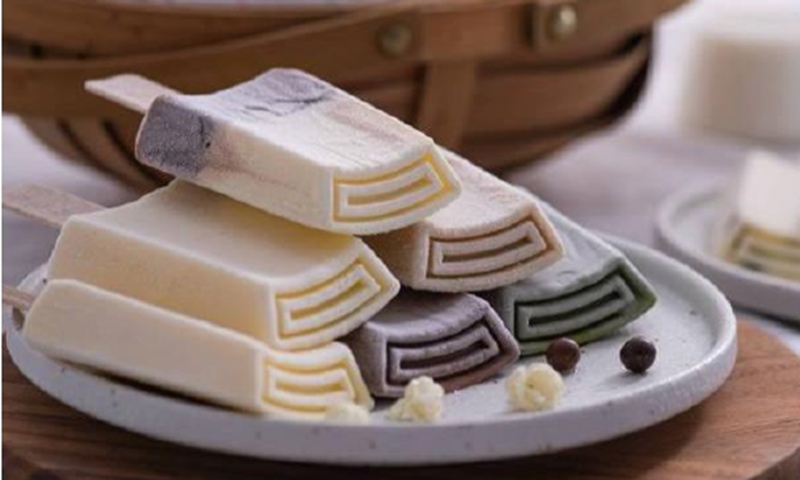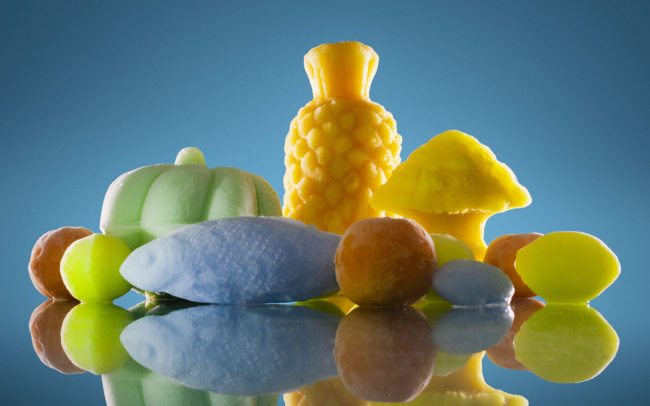It’s not new that food industry (and universities) try to create an ice cream that doesn’t melt. Perhaps it is the materialization of a child dream, but whenever such a product appears, it raises suspicion.
The latest launch is a Chinese creation, investigated after videos of consumers trying to melt and burn the product were published. The curious delicacy of Zhong Xue Gao brand costs the equivalent of US$10.00 and is a sales success.
Why doesn’t this ice cream melt?
Manufacturer reports adding 0.032 grams of carrageenan — a seaweed extract — to ice cream pots. Each pot has 78 grams, which is in line with the country’s health regulations. It is worth remembering that carrageenan is widely applied in ice cream in Brazil to help maintain the stability of the product.
Besides carrageenan, Chinese ice cream has cream, coconut pulp, condensed milk and powdered milk, its composition is 40% solid. As the video of burning the ice cream impresses, the population is demanding explanations and the government continues to investigate, but apparently, there are no major problems.

Zhong Xue Gao, so expensive that it became known as the “Hermès” of ice cream
Older alternatives haven’t taken off either
This isn’t the first ice cream launched with the claim that it “doesn’t melt”, in 2017, researchers at the University of Kanazawa in Japan found that a polyphenol extracted from strawberries is also a good stabilizer, making ice cream more difficult to melt even after 3 hours out of the freezer.

Kanazawa Ice
In the UK, Bompas & Parr studio also developed its own product. Created for an exhibition on the history of ice cream, the product contained fruit fibers and began to melt in about an hour.

Earlier, in 2015, scientists at the Universities of Edinburgh and Dundee discovered a method of producing a protein known as BslA (which already occurs naturally in some foods) that binds air, fat and water in ice cream, keeping it solid longer, we have already talked about this discovery in this post here. They estimated that ice cream with the ingredient would be available on the market in 3 to 5 years, which has not happened until now.
None of these really took off in the market, there are factors difficult to overcome like ingredient price and production capacity. There is also another important question: can we call an ice cream that does not melt an “ice cream”? Or would it be a “cold gummy candy”? Perhaps one of the aspects that make ice creams so delicious is precisely the fact that they melt in the heat of the mouth, releasing all their flavor and refreshing the consumer.

Reducing the need to freeze ice cream would be excellent for the industry, to facilitate distribution and storage and reduce losses, especially in a country as warm as Brazil. But the most important question here is: are we looking for a solution for the consumer or for the industry?
Sources: South China Morning Post, Universa Uol, Dezeen, University of Dundee



COMMENTS